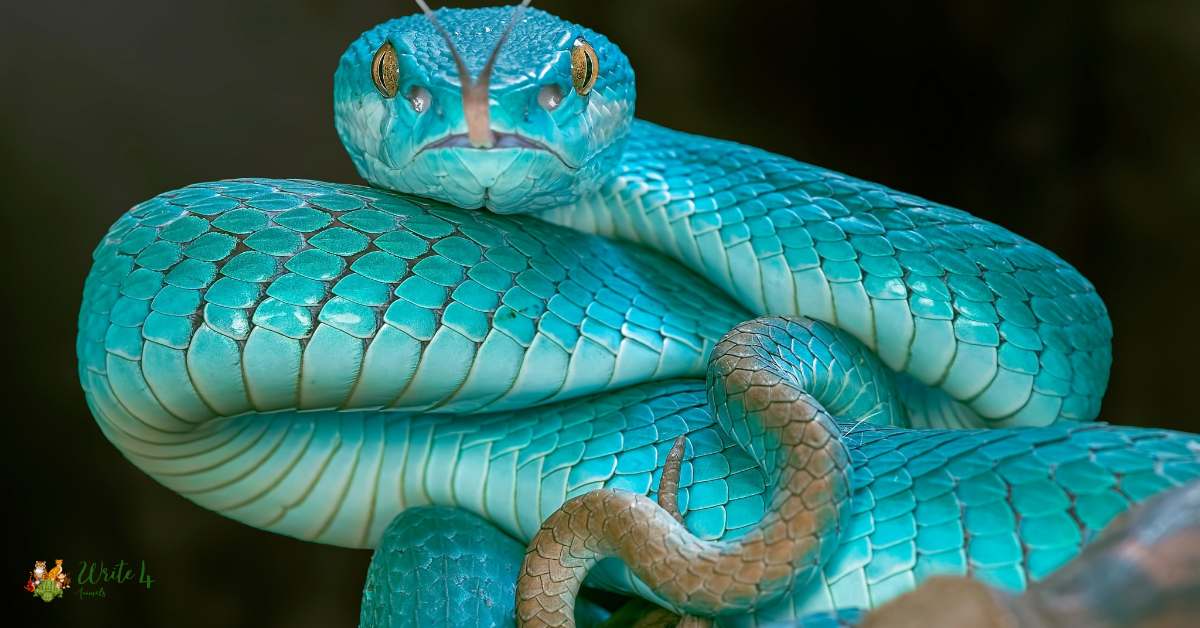As nature enthusiasts and admirers of the diverse wonders that our planet holds, the world of prettiest snake offers a unique and mesmerizing aspect. Among these remarkable creatures, some stand out not only for their fascinating behaviors but also for their stunning visual appeal.
In this exploration, we embark on a journey to unveil the allure of the ten most beautiful snakes in the world, each boasting its distinct charm and captivating features.
Most Beautiful Snakes in the World
1. Emerald Tree Boa (Corallus caninus)
Residing in the verdant rainforests of South America, the Emerald Tree Boa is a serpentine masterpiece, distinguished by its vibrant green scales and a contrasting white dorsal stripe. Coiled around tree branches with a sinuous elegance, these arboreal snakes captivate with their striking coloration.
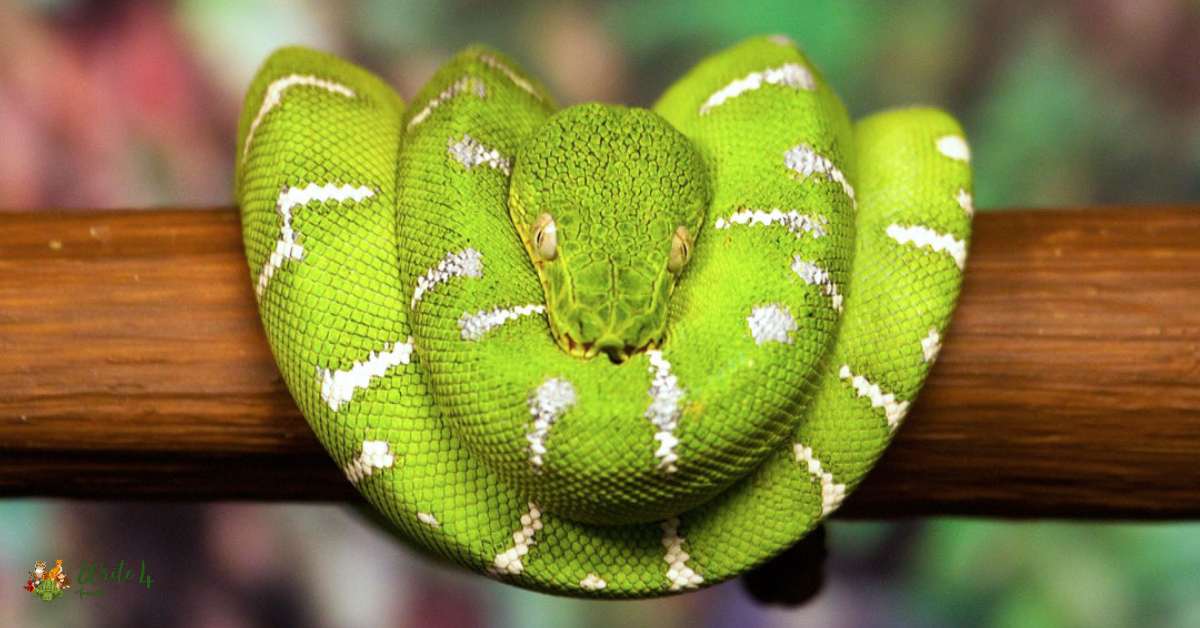
Their emerald hue, coupled with an unmistakable pattern, creates a visually stunning display in the lush canopy. This species’ unique appearance is not only a marvel of nature but also an adaptation for ambushing prey.
The vibrant green serves as camouflage amidst the foliage, allowing them to blend seamlessly into their surroundings. As captivating as they are elusive, the Emerald Tree Boa stands as an exquisite example of how nature’s palette can create a living work of art.
2. Blue Malaysian Coral Snake (Calliophis bivirgata)
In the dense rainforests of Southeast Asia, the Blue Malaysian Coral Snake emerges as a mesmerizing entity. Its slender form is adorned with electrifying blue and black bands, creating a vivid contrast that immediately captures attention.
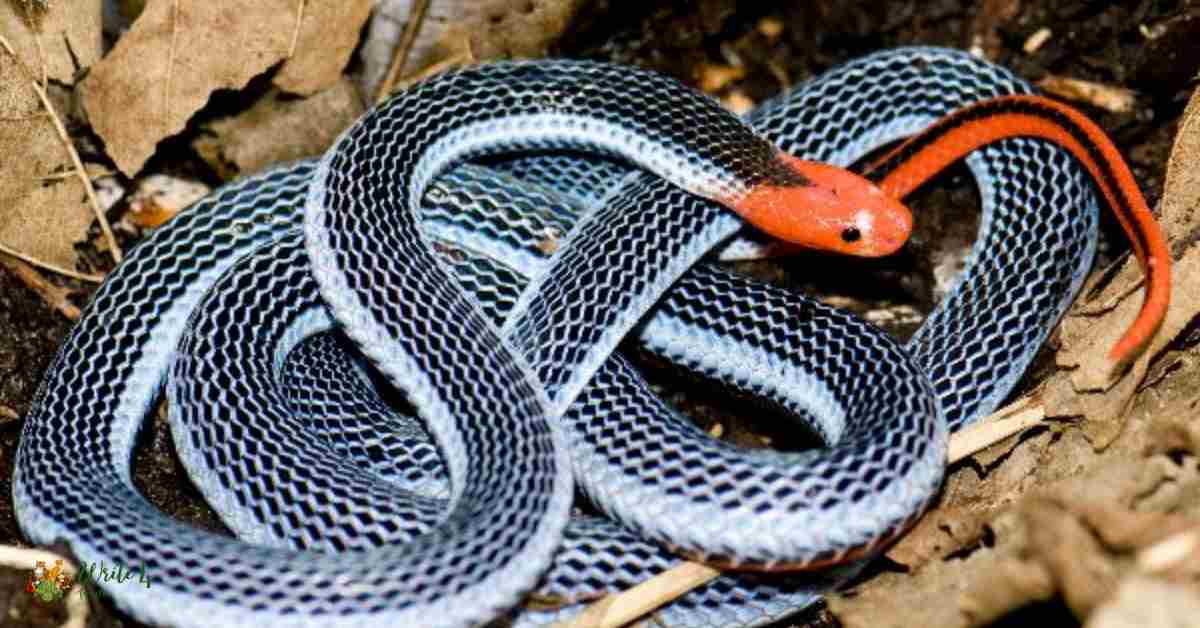
The snake’s striking appearance is not merely a visual spectacle; it serves as a warning to potential predators about its potent venom. As it gracefully moves through the foliage, the Blue Malaysian Coral Snake symbolizes the delicate balance between beauty and danger in the intricate ecosystems it inhabits.
This Prettiest Snake species exemplifies the remarkable adaptability of snakes, showcasing how their aesthetics play a crucial role in their survival strategies within their lush and diverse habitats.
3. Mandarin Ratsnake (Euprepiophis mandarina)
Hailing from the bamboo-covered mountains of Asia, the Mandarin Ratsnake enchants with its vibrant and intricate coloration. Adorned with shades of orange, black, and yellow, this serpent exudes an aesthetic reminiscent of a breathtaking sunset.
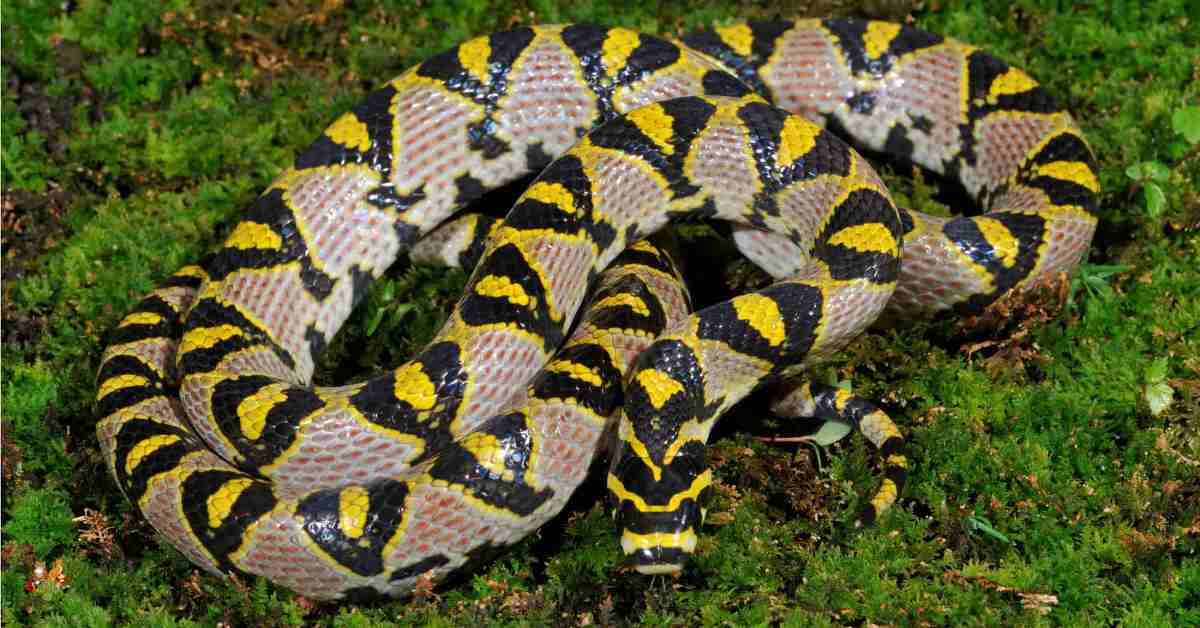
The Mandarin Ratsnake’s appearance is not only visually captivating but also serves a purpose in its natural habitat. The vibrant colors provide effective camouflage among the dense vegetation, aiding in both hunting and evading potential predators.
As it gracefully navigates its mountainous terrain, this snake stands as a testament to the harmonious relationship between form and function in the intricate tapestry of the natural world. Its beauty serves as a reminder that even in the most remote and rugged landscapes, evolution weaves together a stunning display of colors and patterns in the animal kingdom.
4. Brazilian Rainbow Boa (Epicrates cenchria)
Within the rainforests of South America, the Brazilian Rainbow Boa emerges as a living kaleidoscope, captivating onlookers with its iridescent scales. As light interacts with its dorsal patterns, a radiant spectrum of colors unfolds, resembling a rainbow.
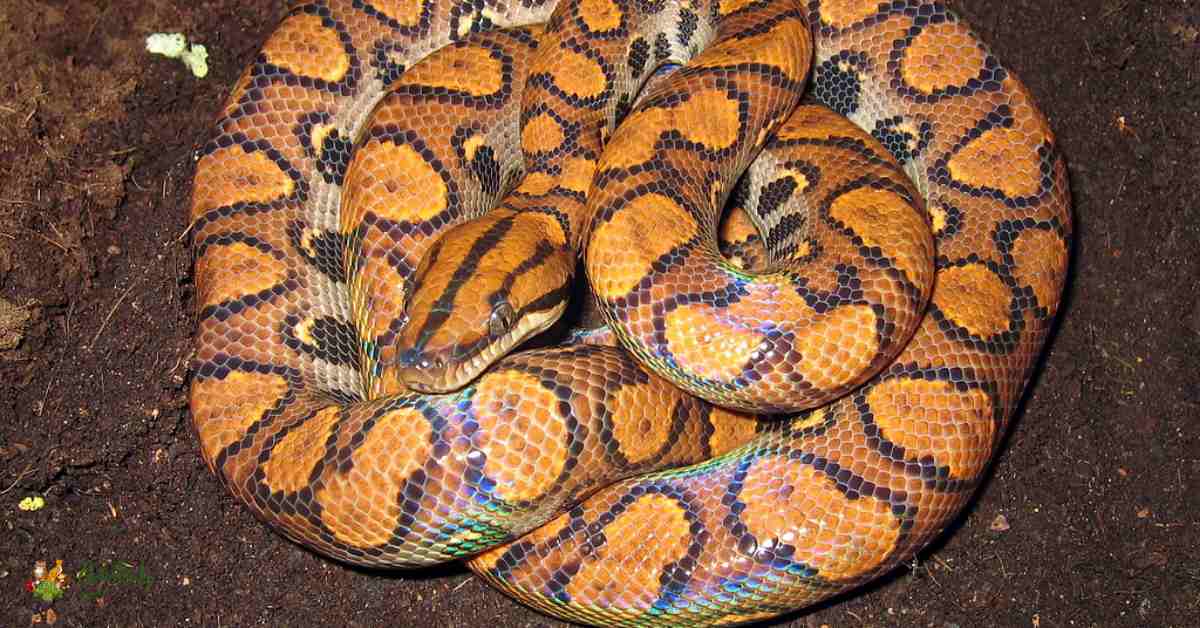
This boa’s unique coloration is attributed to microscopic ridges on its scales that refract light. Beyond its visual allure, these snakes possess a remarkable adaptability, showcasing their ability to thrive in diverse environments. Their iridescence not only serves as a camouflage mechanism but also plays a role in thermoregulation.
The Brazilian Rainbow Boa stands as a testament to nature’s capacity to intertwine practicality and beauty, offering a glimpse into the awe-inspiring complexity of the rainforest ecosystems they call home.
5. African Bush Viper (Atheris chlorechis)
Concealed among the foliage of Central and West Africa, the African Bush Viper unveils a spectacular palette of colors, ranging from vibrant greens to deep purples.
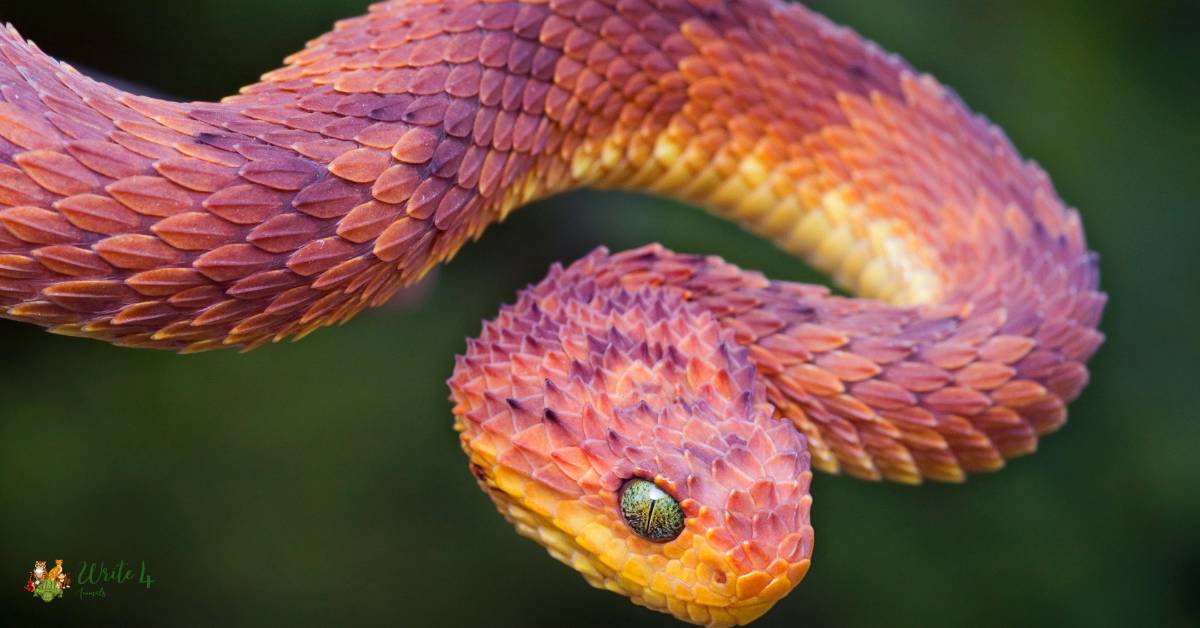
Its ornate appearance is characterized by triangular-shaped heads, adorned with striking hues that serve as a visual warning to potential predators and a camouflage tool for stalking prey. Despite their venomous nature, these vipers are celebrated for their intricate patterns, exemplifying nature’s ability to blend beauty with survival strategies.
The African Bush Viper’s captivating appearance contributes to the overall biodiversity of its habitat, underscoring the importance of these striking creatures in maintaining the delicate balance of the ecosystems they inhabit.
6. Paradise Flying Snake (Chrysopelea paradisi)
Dancing through the air in the rainforests of Southeast Asia, the Paradise Flying Snake showcases an unparalleled elegance. Its vibrant yellow and black pattern, along with a slender physique, allows it to glide effortlessly from tree to tree.
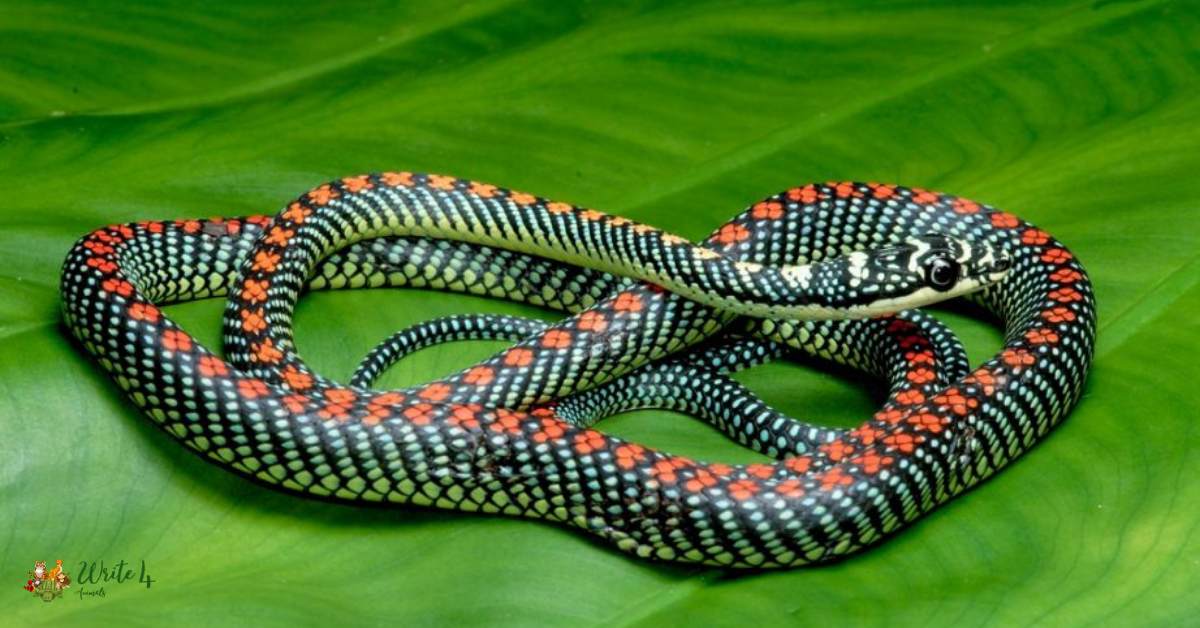
The Paradise Flying Snake’s aerial maneuvers are not only a remarkable feat of adaptation but also a breathtaking spectacle of beauty in motion. This unique snake has evolved to flatten its body, forming a makeshift wing, enabling it to cover impressive distances.
Its vibrant colors and graceful gliding abilities make the Paradise Flying Snake a testament to the diversity of evolutionary strategies within the serpentine world. As it soars through the lush canopy, this beautiful snake species epitomizes the fusion of form and function in the intricate dance of survival in the rainforest.
7. Sunbeam Snake (Xenopeltis unicolor)
Residing in the dense forests of Southeast Asia, the Sunbeam Snake is a captivating Prettiest Snake species known for its glossy, iridescent scales. Its jet-black body reflects a rainbow spectrum when exposed to light, creating a mesmerizing effect that resembles the play of colors on an oil slick.
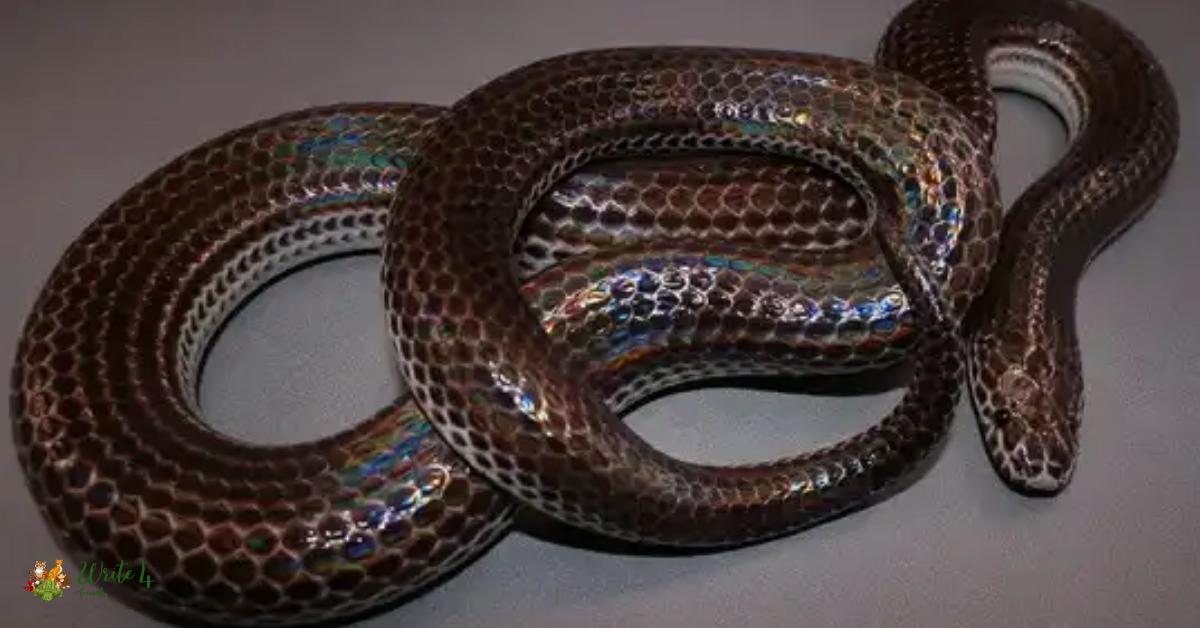
This enchanting appearance is not only a visual spectacle but also serves as a form of concealment in its subterranean habitat. The Sunbeam Snake’s iridescence aids in blending with the dappled sunlight filtering through the forest canopy, making it a master of camouflage.
As it gracefully glides through the undergrowth, the Sunbeam Snake stands as a testament to the diversity of adaptations within the snake family, showcasing nature’s ability to weave together beauty and functionality in unexpected ways.
8. Leucistic Texas Rat Snake (Elaphe obsoleta lindheimeri)
Native to the diverse landscapes of North America, the Leucistic Texas Rat Snake emerges as a striking example of color aberration. Exhibiting an absence of pigmentation, these snakes boast a captivating white or cream-colored appearance.
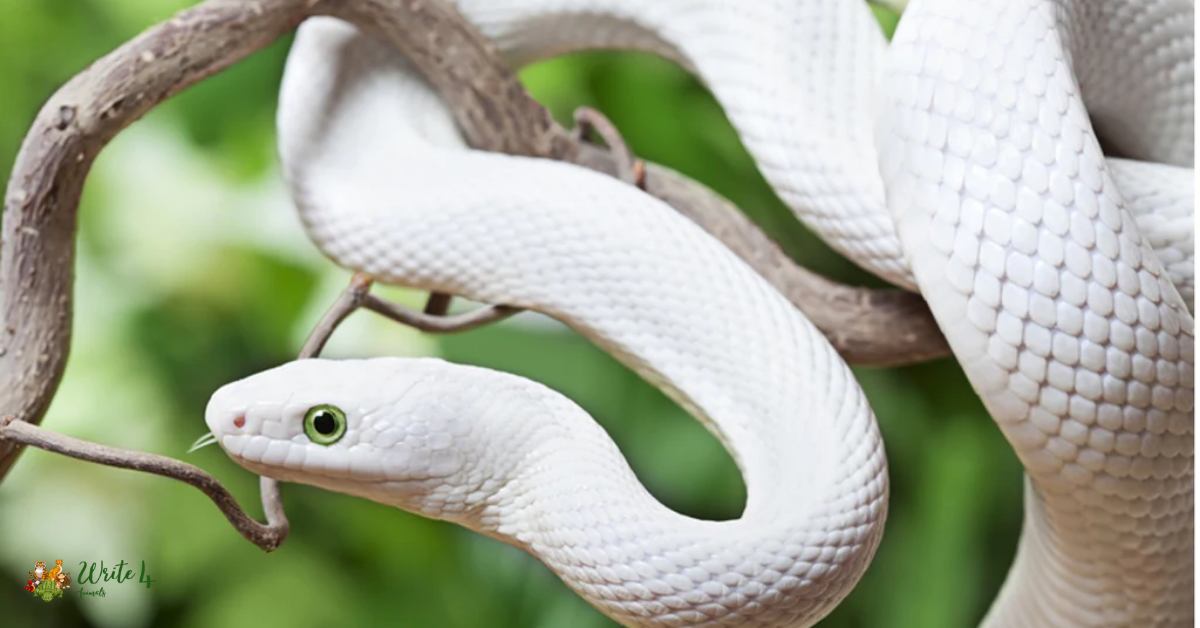
Their unique coloration is attributed to a genetic condition known as leucism, resulting in a lack of melanin production. Despite their lack of traditional patterns, the Leucistic Texas Rat Snake stands out as a captivating entity, showcasing how genetic variations contribute to the rich tapestry of biodiversity.
As they navigate their arid and semi-arid habitats, these snakes highlight the intriguing ways in which nature can present surprises, offering a glimpse into the intricacies of genetic diversity within the snake world.
9. Blue Insularis Viper (Trimeresurus insularis)
Inhabiting the islands of Indonesia, the Blue Insularis Viper emerges as a cryptic beauty within the lush and diverse landscapes. Adorned with turquoise scales, this venomous snake blends seamlessly with its surroundings, showcasing a remarkable adaptation for concealment.
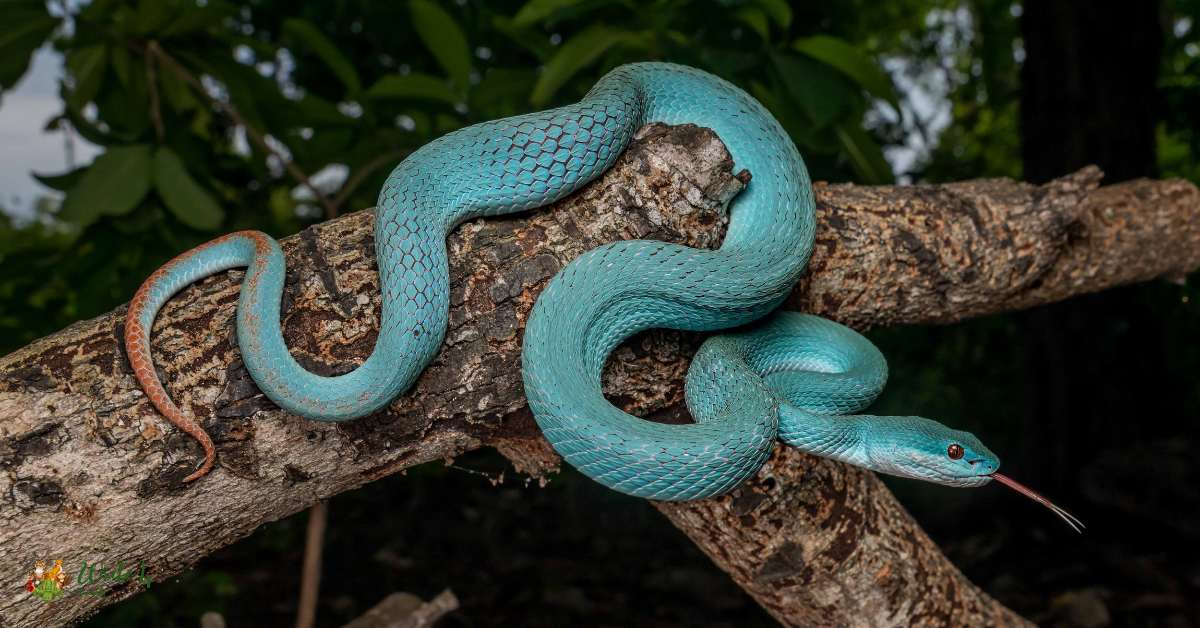
Its vibrant coloration is not only an aesthetic marvel but also serves as a survival strategy, allowing the Blue Insularis Viper to remain hidden while ambushing prey. As it navigates the dense vegetation of its island habitat, this viper stands as a testament to the evolution of camouflage and the extraordinary diversity of the snake family.
The Blue Insularis Viper’s ability to harmonize with its environment exemplifies the intricate balance between beauty and functionality in the ecosystems it calls home.
10. Albino Ball Python (Python regius)
Native to the savannas of West Africa, the Albino Ball Python emerges as a captivating anomaly in the snake world. Characterized by a lack of melanin, these pythons display a mesmerizing palette of white and yellow patterns against a backdrop of pinkish hues.
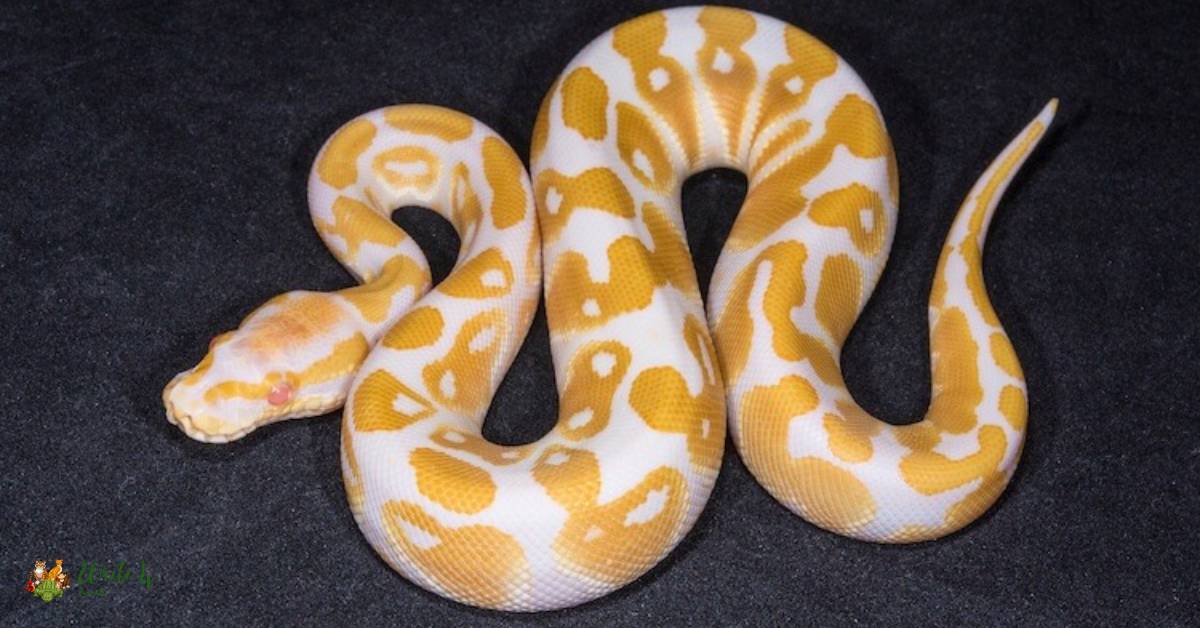
Their captivating appearance is the result of a genetic mutation that inhibits the production of pigments, making them stand out in the grassy landscapes they inhabit.
Despite their striking coloration, Albino Ball Pythons exhibit a docile temperament, contributing to their popularity in the exotic pet trade. As they coil in a characteristic ball-like posture, these pythons showcase the intersection of genetic diversity and visual allure, underscoring the intricate ways in which nature orchestrates the aesthetics of its inhabitants.
Conclusion
Each of these ten beautiful snake species paints a unique stroke in the canvas of biodiversity, showcasing the astonishing variety of colors, patterns, and adaptations within the world of serpents.
From the rainforests of South America to the islands of Southeast Asia, these snakes captivate with their visual allure, serving as living masterpieces in their respective ecosystems. Beyond their aesthetic appeal, these serpents play crucial roles in maintaining the delicate balance of their habitats, underscoring the interconnectedness of beauty and functionality in the natural world.
As we unravel the mysteries of these enchanting creatures, we gain a deeper appreciation for the intricate dance of survival and adaptation that shapes the diverse landscapes they call home.
Frequently Asked Questions
[sc_fs_multi_faq headline-0=”h4″ question-0=”What makes a snake considered the ‘prettiest’?” answer-0=”The prettiness of a snake is subjective and often depends on factors such as coloration, pattern, and overall aesthetics. Vibrant colors, unique markings, and iridescence are often considered elements contributing to a snake’s beauty.” image-0=”” headline-1=”h4″ question-1=”Are the prettiest snakes also the most venomous?” answer-1=”Not necessarily. Beauty and venomosity are independent characteristics in snakes. While some venomous snakes may exhibit striking coloration as a form of warning (aposematism), many non-venomous snakes are equally captivating in terms of aesthetics.” image-1=”” headline-2=”h4″ question-2=”Where can I find the prettiest snakes in the world?” answer-2=”The prettiest snakes inhabit diverse ecosystems worldwide. Rainforests, savannas, and islands are particularly rich in snake biodiversity. Regions like Southeast Asia, South America, and Africa are known for hosting visually stunning snake species.” image-2=”” headline-3=”h4″ question-3=”Are all pretty snakes dangerous or venomous?” answer-3=”No, not all pretty snakes are dangerous or venomous. Some visually striking snakes, like the Albino Ball Python, are non-venomous and are popular choices in the exotic pet trade due to their captivating appearance and docile nature.” image-3=”” headline-4=”h4″ question-4=”How can I differentiate between venomous and non-venomous pretty snakes?” answer-4=”It’s crucial to rely on expert identification or consult with herpetologists to distinguish between venomous and non-venomous snakes. Features such as head shape, pupil shape, and color patterns are often used for identification.” image-4=”” headline-5=”h4″ question-5=”Can pretty snakes be kept as pets?” answer-5=”Yes, some visually appealing snake species are kept as pets. However, it’s essential to research and understand the specific care requirements of each species before considering them as pets. Additionally, adherence to local regulations is crucial.” image-5=”” headline-6=”h4″ question-6=”What is leucism, and how does it affect snake coloration?” answer-6=”Leucism is a genetic condition that results in a partial or total loss of pigmentation in an organism. In snakes, leucism can lead to striking color aberrations, as seen in the Leucistic Texas Rat Snake, creating a white or cream-colored appearance.” image-6=”” headline-7=”h4″ question-7=”How dangerous is the King Cobra’s venom to humans?” answer-7=”The King Cobra’s venom is highly potent and neurotoxic, affecting the nervous system of its prey. While it can be deadly to humans, it will usually avoid confrontation and only strike when it feels threatened or cornered.” image-7=”” headline-8=”h4″ question-8=”Why is the Golden Lancehead Viper considered unique and endangered?” answer-8=”The Golden Lancehead Viper is unique because it is found exclusively on Ilha da Queimada Grande (Snake Island) off the coast of Brazil, making it an endemic species. Due to its limited range and vulnerability to habitat destruction, it is considered endangered.” image-8=”” headline-9=”h4″ question-9=”What is the significance of the viper’s venom, and how does it affect its prey?” answer-9=”The Golden Lancehead Viper possesses venom that is potent and primarily hemotoxic. It disrupts the blood clotting process, leading to swelling, tissue damage, and ultimately the immobilization of its prey, which consists mainly of birds.” image-9=”” headline-10=”h4″ question-10=”Is the Blue Pit Viper dangerous to humans?” answer-10=”Yes, the Blue Pit Viper is venomous and can deliver a potent hemotoxic venom through its fangs. While it generally avoids confrontation with humans, a bite can cause pain, swelling, and tissue damage.” image-10=”” headline-11=”h4″ question-11=”Is the Indian Ornamental Tarantula venomous?” answer-11=”Yes, like all tarantulas, the Indian Ornamental Tarantula possesses venom to subdue its prey. While its bite is not life-threatening to humans, it can cause localized pain and discomfort.” image-11=”” headline-12=”h4″ question-12=”What is the primary diet of the Sunbeam Snake?” answer-12=”The Sunbeam Snake primarily feeds on small vertebrates, such as rodents, frogs, and other snakes. Its specialized diet helps maintain the delicate balance of the ecosystems it inhabits.” image-12=”” headline-13=”h4″ question-13=”Is the Mexican Milk Snake commonly kept as a pet?” answer-13=”Yes, the Mexican Milk Snake is popular in the pet trade due to its beautiful coloration, docile nature, and ease of care. Captive breeding programs have contributed to its availability as a pet.” image-13=”” count=”14″ html=”true” css_class=””]
Recommended
1. Pocket bully: Dog Breed Size and lifespan
2. What Does Chipmunk Poop Look Like? | chipmunk poop pictures
